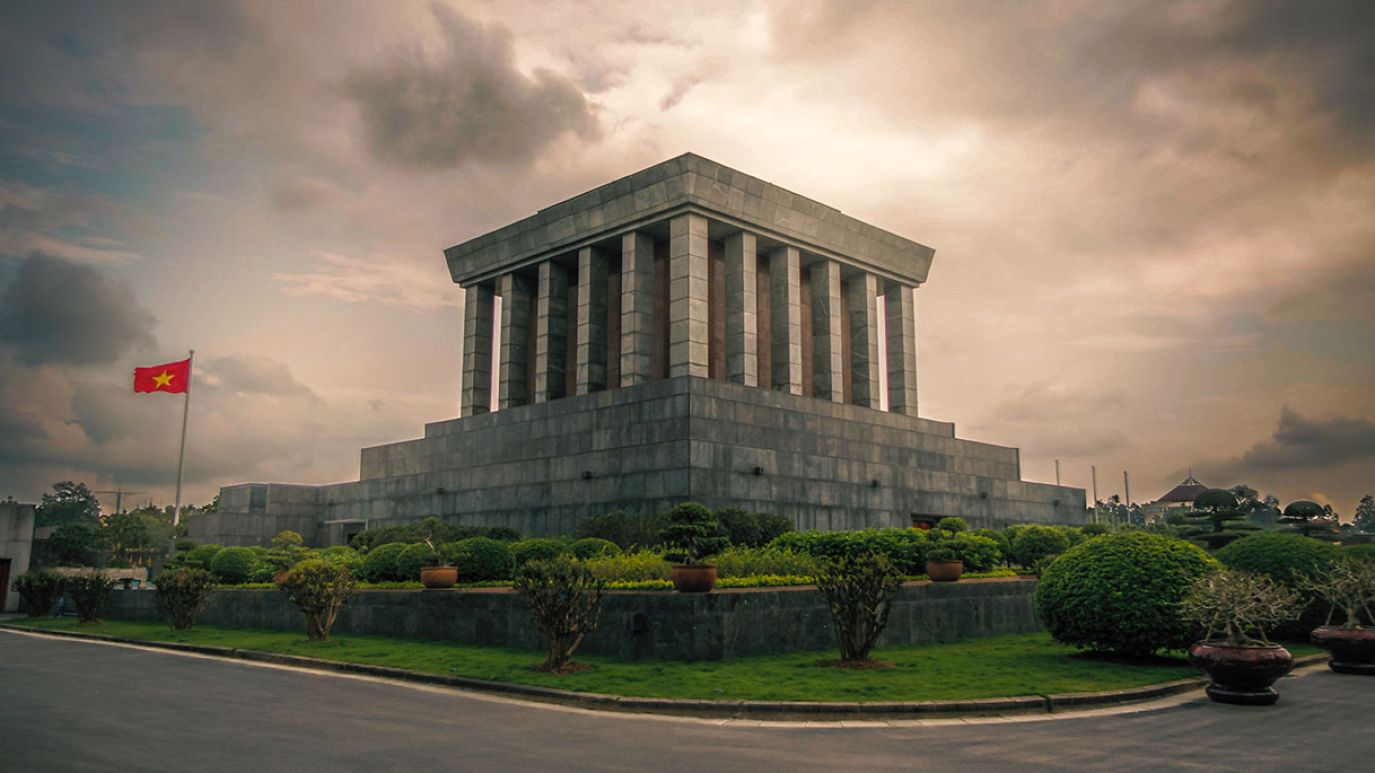President Biden’s historic Hanoi visit strengthens US-Vietnam relations

The United States continued its continued diplomacy around global geopolitics when President Biden visited Hanoi, Vietnam on 10 September to meet General Secretary of the Communist Party of Vietnam Central Committee Nguyen Phu Trong.
Biden’s recent visit to Vietnam follows the Camp David summit in August when he met with Japan Prime Minister Kishida Fumio and Republic of Korea President Yoon Suk Yeol in Maryland, where they agreed a far-reaching and unprecedented trilateral partnership. In recent months, Biden has also rolled out the red carpet for Indian President Modi and Philippines President Romualdez Marcos Jr. – the latter is the first visit in a decade.
The meeting in Hanoi resulted in the establishment of a “comprehensive strategic partnership” that puts the US on the highest tier of Vietnam partners, alongside China, and is considered a real coup, as the US continues to create a strong network of regional partners within the Indo-Pacific region.
Further, on 11 September, executives from leading semiconductor, technology, and aviation companies from the US – including Google, Intel, Amkor, Marvell, GlobalFoundries, and Boeing – and from Vietnam – including electric car maker VinFast, Vietnam Airlines, FPT, MoMo, and VNG – met to forge deeper business and strategic partnerships. Biden stated that the meeting resulted in stronger ties in technology sectors such as cloud computing, semiconductors, and AI.
Increased mutual investment activity
During the 11 September meeting, Vietnam Airlines agreed to buy 50 Boeing 737 Max jets – the most technically advanced, fuel-efficient 737 that Boeing has ever produced – in a deal worth an estimated $7.8 billion. Meanwhile, Microsoft vowed to create a "generative AI-based solution tailored for Vietnam and emerging markets" – generative AI is the latest battleground in the smartphone sector and is predicted to transform the way we interact with our devices. Nvidia also agreed to partner with Vietnam's FPT, Viettel, and Vingroup on the development of AI in Vietnam.
Washington was also keen to highlight a number of semiconductor-related US investments in Vietnam, including plans by Marvell and Synopsys to build chip design plants, and plans for a new $1.6 billion Amkor factory near Hanoi that will assemble, package and test chips and is due to start operations in October. Intel’s $1.5 billion chip assembling plant in Vietnam’s southern commercial hub, Ho Chi Minh City is already the company’s largest global site. The existing and new deals place Vietnam on a new level in terms of its importance in the global semiconductor supply chain.
Sourcing rare earth minerals
On 1 August, China retaliated against the controls placed by the US, Netherlands, and Japan on the export of chips and chip-making technologies by restricting exports of rare materials, gallium and germanium, which are used to manufacture semiconductors. China accounts for around 80% of the world’s production of gallium, and 60% of germanium.
Gallium arsenide is used as a semiconductor in LEDs, mobile phones, satellites, and pressure sensors, and has been designated a critical raw material by the European Union. Germanium is used in the manufacture of microprocessors, fiber optics, and photovoltaic cells. Both have military applications, and the stockpiles outside China may only last 2 to 3 months. Hence, China’s restrictions have accelerated the search for alternatives.
Notably, Vietnam has the third-largest estimated deposits of rare earth minerals (22 million tons, according to the US Department of the Interior’s US Geological Survey 2022)[1], which have applications in consumer device manufacturing, wind turbines, electric vehicles, and batteries, to name a few, making them important for the global transition towards cleaner energy and in defence.
New partnerships being forged
During Biden’s visit to Hanoi, the two nations agreed a Memorandum of Cooperation on Semiconductor Supply Chains, Workforce and Ecosystem Development that allows Vietnam to tap into the US’s CHIPS Act’s $280 billion International Technology Security and Innovation Fund “to further develop Vietnam’s current semiconductor ecosystem, regulatory framework, and workforce and infrastructure needs.” Further, a memorandum of understanding between Vietnam and the US will see greater technical cooperation in rare earth element development in Vietnam.
Pamir considers that the US-Vietnam comprehensive strategic partnership is a crucial milestone in the ongoing global geopolitical and technological race between US and China. On top of the landmark trilateral partnership between the US, Japan, and the Republic of Korea at the August Camp David summit, and the strengthening of diplomatic and economic ties between the US and India, Biden’s Hanoi visit is squarely aimed at counterbalancing China’s growing geopolitical assertiveness, and as a Communist-led country, Hanoi’s decision to upgrade relations between the US and Vietnam has elevated its position in regional balance of power dynamics.
China’s 5G influence in developing economies
China’s Belt and Road Initiative and its digital counterpart, the Digital Silk Road, threaten to displace US telecom and tech companies in developing economies in Africa, Latin America and the Middle East. How can US operators and network providers stand up to the challenge?